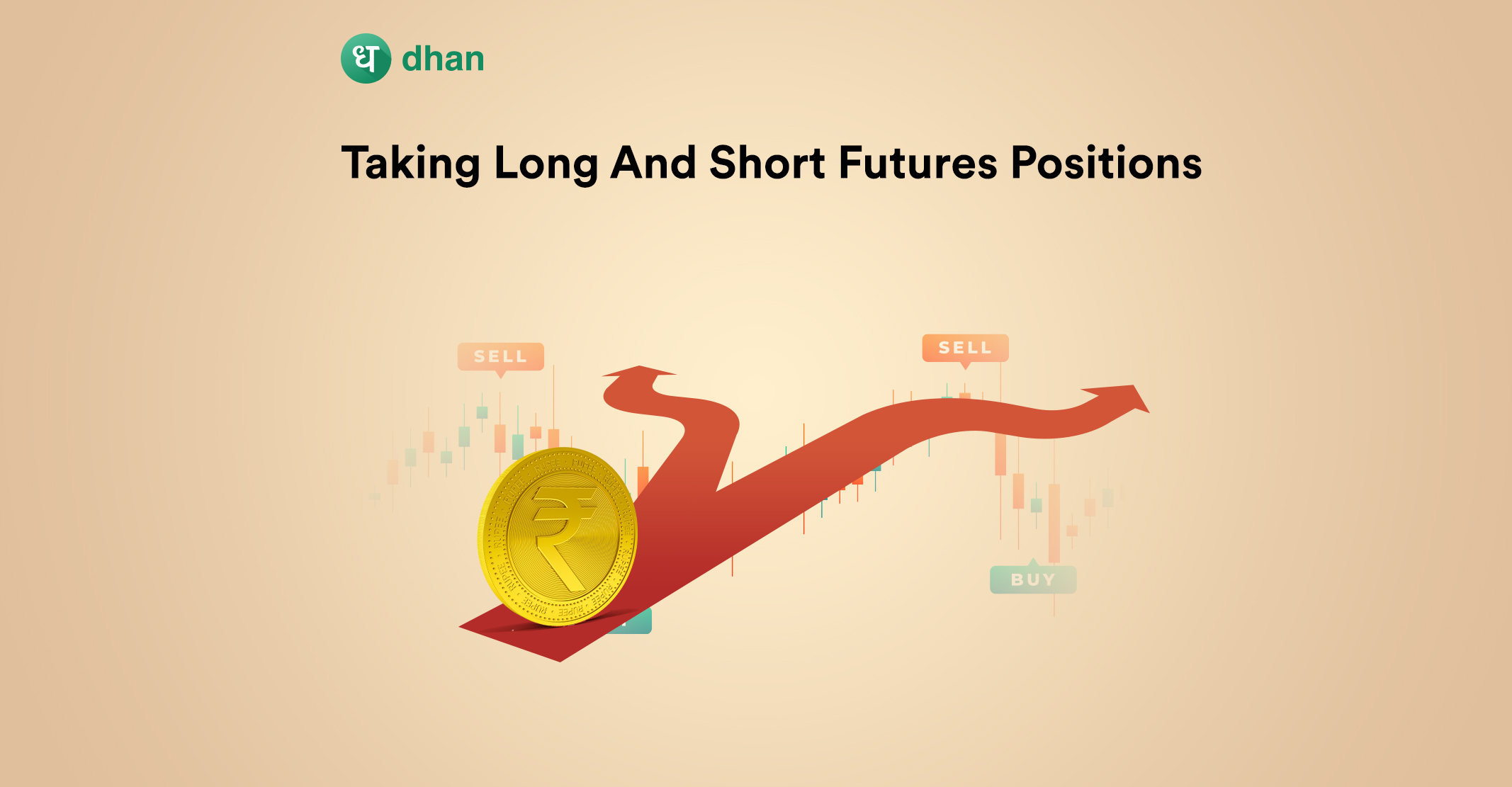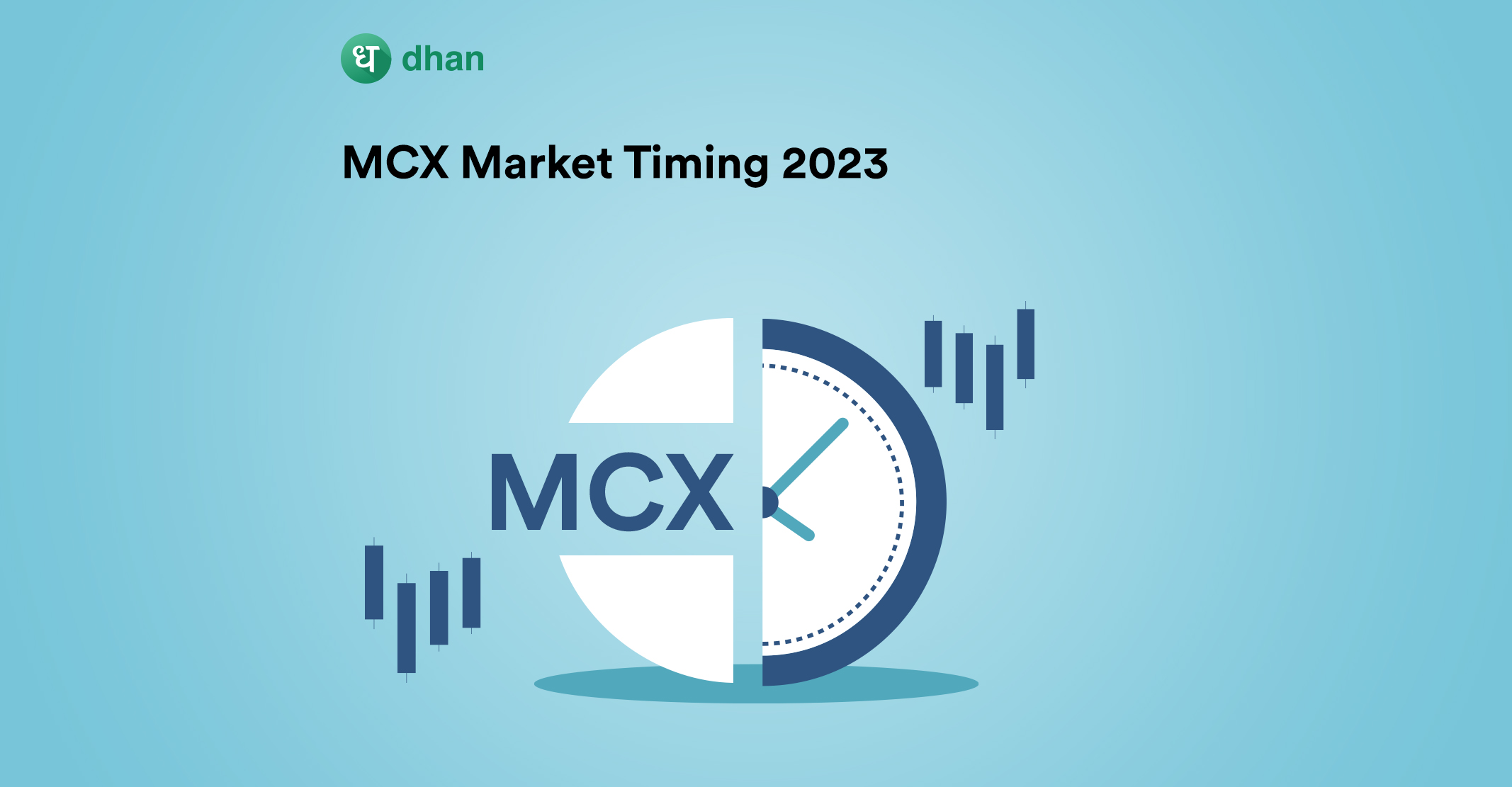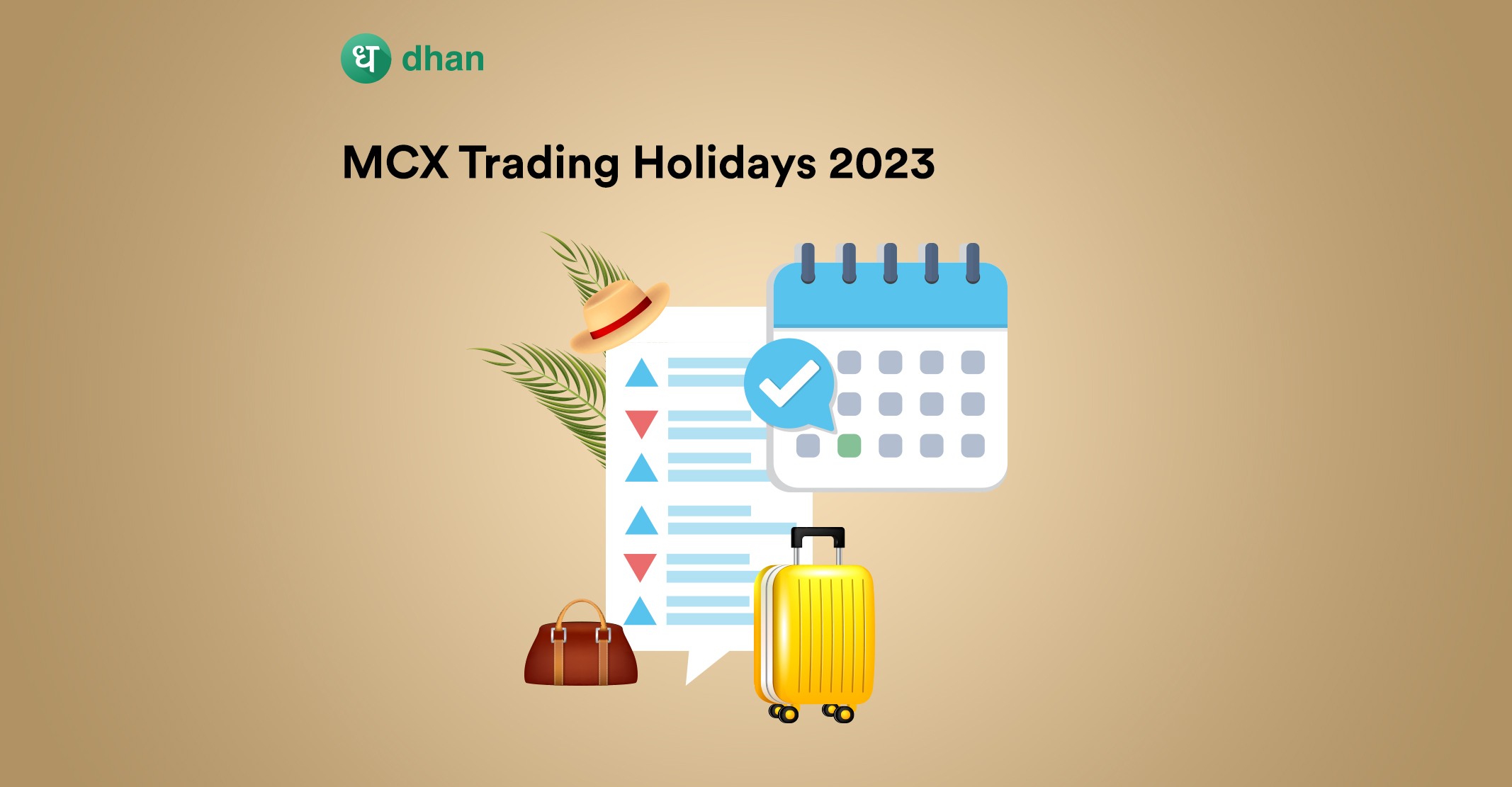You may have heard of futures contracts. It’s a derivative contract that allows you to speculate or hedge depending on your perspective, which often involves taking a long or short position.
Long and short position in futures include purchasing and selling futures contracts, respectively. But does it matter if a trader goes long or short? Some go long, some short, and others do both depending on their strategy.
What is Long Futures Position?
A long futures position is a futures trading strategy where a trader buys a futures contract expecting the underlying asset’s price will rise.
In a long position, the trader is of the view that the market will rise and will benefit from the difference between the futures contract’s buy and sell price.
Let’s imagine a trader who thinks crude oil prices will rise over the following six months. The trader can take a long futures position by buying a crude oil futures contract with a delivery date set for several months in the future.
The trader can earn by selling the futures contract at a higher price if crude oil prices rise. However, if the price of crude oil decreases, the trader will incur losses on the long futures position.
What is Short Futures Position?
A short futures position is a trading strategy in which a trader sells a futures contract to profit from a drop in the asset’s price. The trader hopes to benefit by buying back the futures contract at a lower price.
Let’s imagine a trader who thinks that the gold price will drop in the next month. They can take a short futures position by selling a gold futures contract, agreeing to sell gold at a specific price and date in the future.
If the price of gold does indeed decrease as predicted, the trader can buy back the futures contract at a lower price, realizing a profit from the difference between the sale and purchase prices. However, if the price of gold increases instead, the trader would incur a loss.
Factors to Consider for Taking a Futures Position
When deciding between short and long position in futures, traders should consider the following factors:
1. Market Outlook
A trader’s futures position depends on their market outlook. Positive market outlooks lead to bullish positions, while unfavorable outlooks lead to bearish positions. Economic statistics, geopolitical events, and technical analysis can influence the market perspective.
2. Risk Tolerance
Every trader has a varied risk tolerance or capacity to handle losses. Lower risk tolerance may lead to careful positions, whereas higher risk tolerance may lead to aggressive positions. Thus, it’s wise to examine your risk tolerance before taking a long or short futures position.
3. Margin Requirements
Futures traders must deposit a margin, a proportion of the contract value, as collateral. Traders must analyze the margin requirements of the futures contract they are interested in.
Higher margin requirements can limit the position size a trader can take, and lower margin requirements may allow for larger positions but may also increase the risk of margin calls.
4. Holding Period
The intended holding period of a futures position can impact a trader’s decision-making process. Momentum traders may favor contracts with longer expiry dates, while short-term traders may choose shorter ones.
The holding period can also affect trading strategies, risk management, and potential profits or losses.
5. Volatility of Underlying Assets
The futures contract’s underlying asset’s volatility can influence a trader’s position. Higher volatility increases trading possibilities but also poses the risk of huge price fluctuations and losses.
Lower volatility reduces trading possibilities but also risks. Before buying futures, you must thus evaluate the asset’s volatility.
6. Trading Strategy
Futures traders may use trend following, mean reversion, or options methods. Different tactics may need different contract requirements, timelines, and risk management. Traders must evaluate how their trading technique affects the futures contract they’re interested in.
By the way, if you trade options as well as futures, you’d love Options Trader Web by Dhan – it has a Custom Strategy Builder!
7. Liquidity
The futures market’s liquidity—the ease of buying and selling contracts without affecting price—can affect a trader’s ability to enter and exit a position.
Due to narrower bid-ask spreads and larger trading volumes, traders choose contracts with better liquidity. Traders must examine market liquidity for the futures contract they are interested in.
By considering these factors, you can make informed decisions when choosing between long and short position in futures that align with your investment goals and risk appetite.
Things to Remember Before Going Long or Short
Whether a trader goes long or short on futures, there are various factors to consider.
- Consider if the market is bullish or bearish and how it may affect futures
- Assess your risk tolerance and how it affects position sizing and capital management
- Know the futures contract’s margin requirements and how they affect the requirements for capital
- Consider the futures position’s holding term and link it with trading strategy and risk management
- Examine the asset’s history and predicted volatility to identify risks and opportunities
- Verify that the trading strategy matches the futures contract’s requirements, timeframes, and risk management
- Consider the liquidity of the futures market for the specific contract being traded, as it can impact execution and bid-ask spreads
Conclusion
Deciding between long and short futures positions depends on various factors as discussed in the article. Understanding them and taking a futures position is crucial to make informed decisions that align with trading goals and risk appetite. To start trading futures, check out Dhan today!



